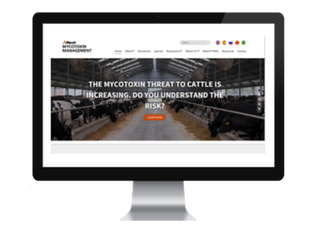
Faster results in real time.
Access to information in real time is key to efficiency. We recognize the importance of being “always on” and provide secure web based access to Alltech 37+® results, along with associated reporting and other premium content.
Access to our insights and global reports can help producers make the most informed decisions to ensure the profitability and efficiency of their operations.

Alltech®
Online Portal